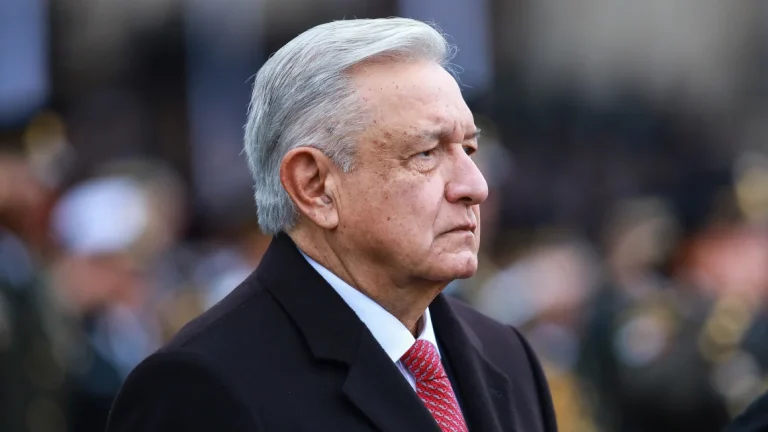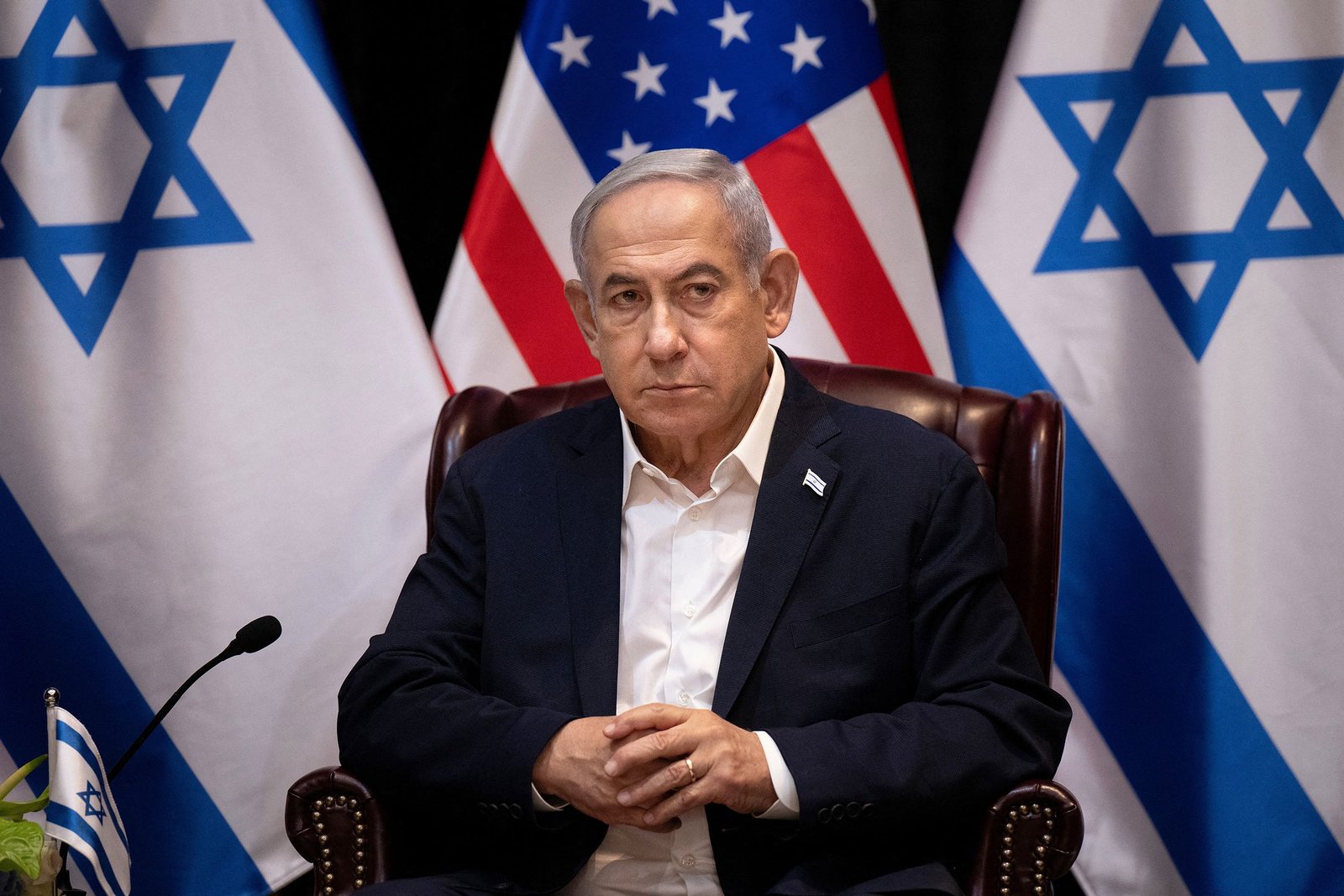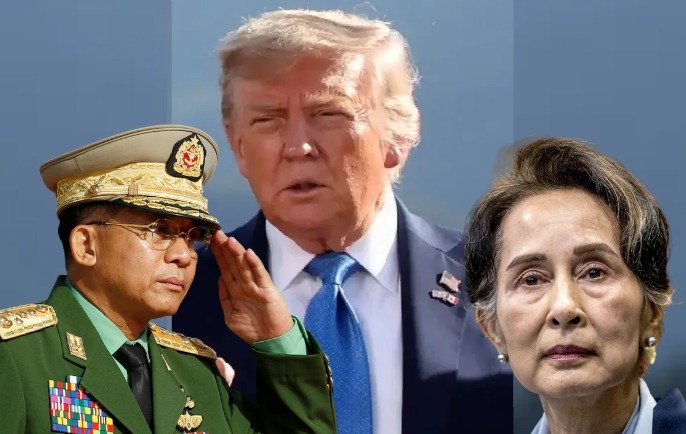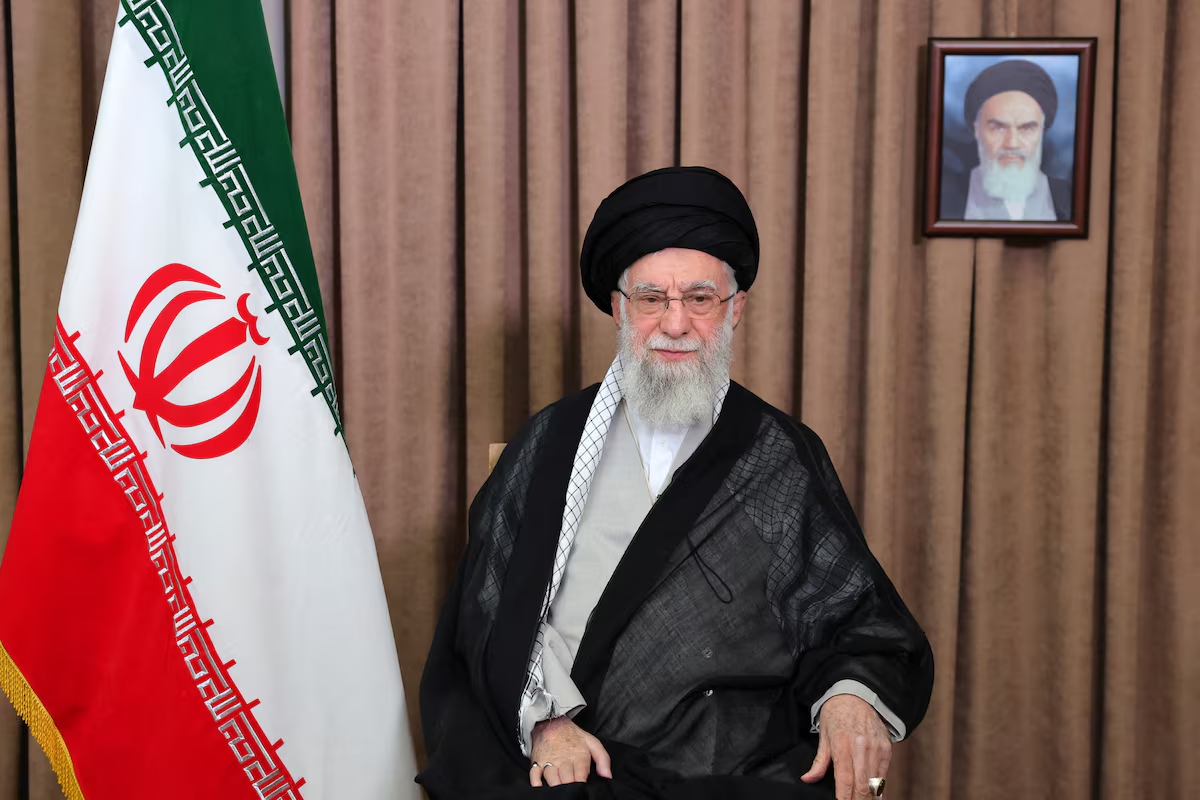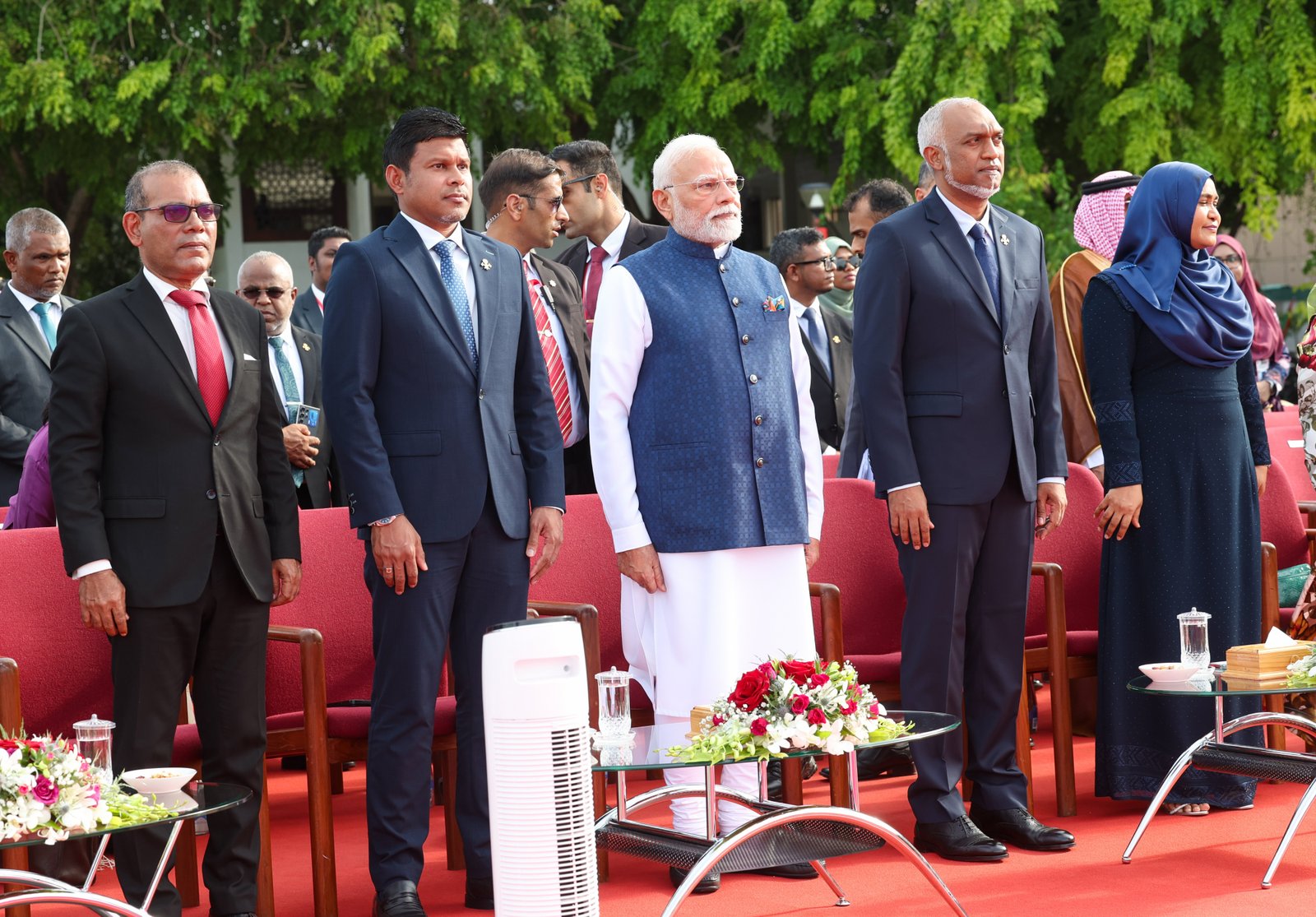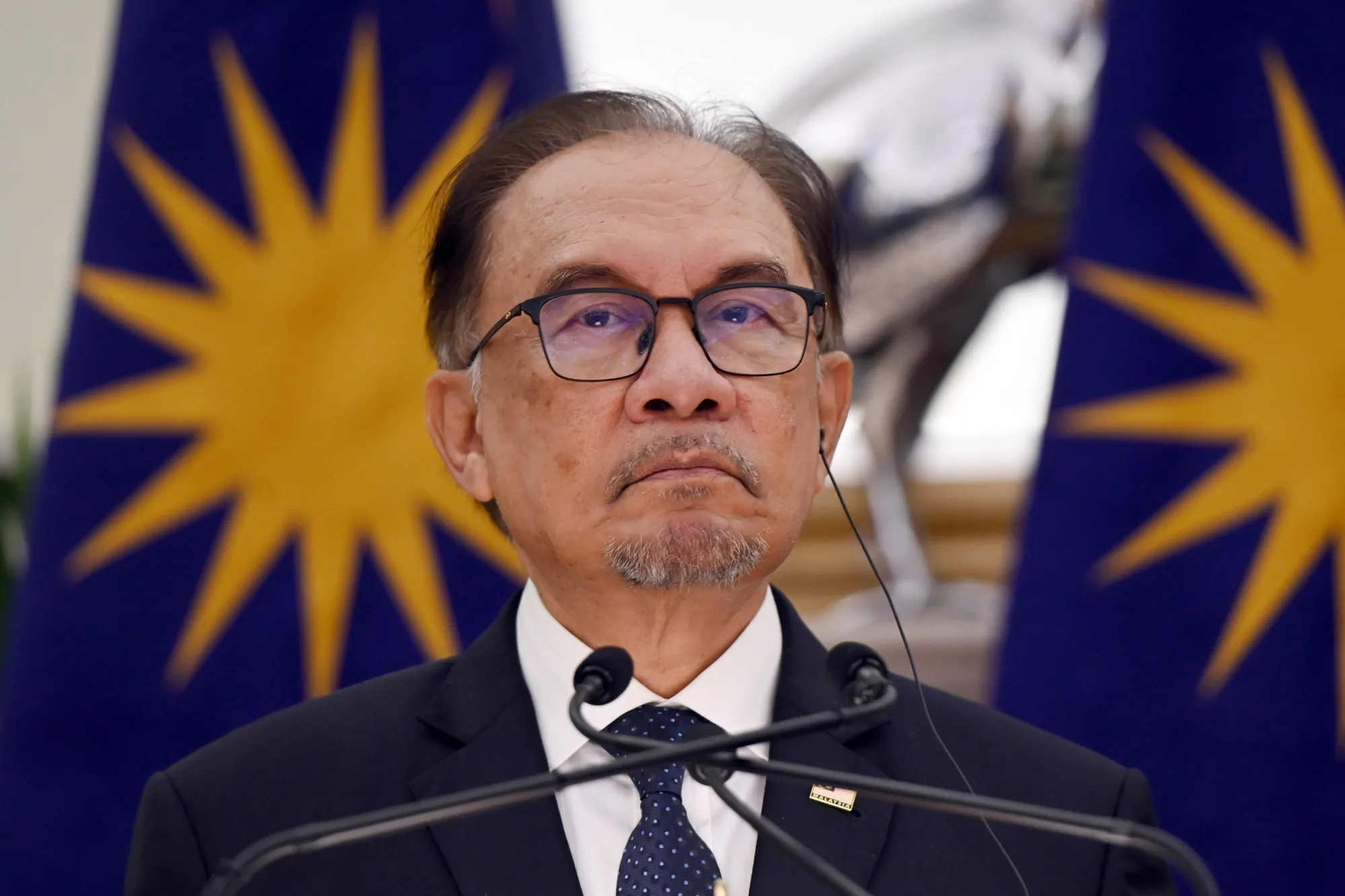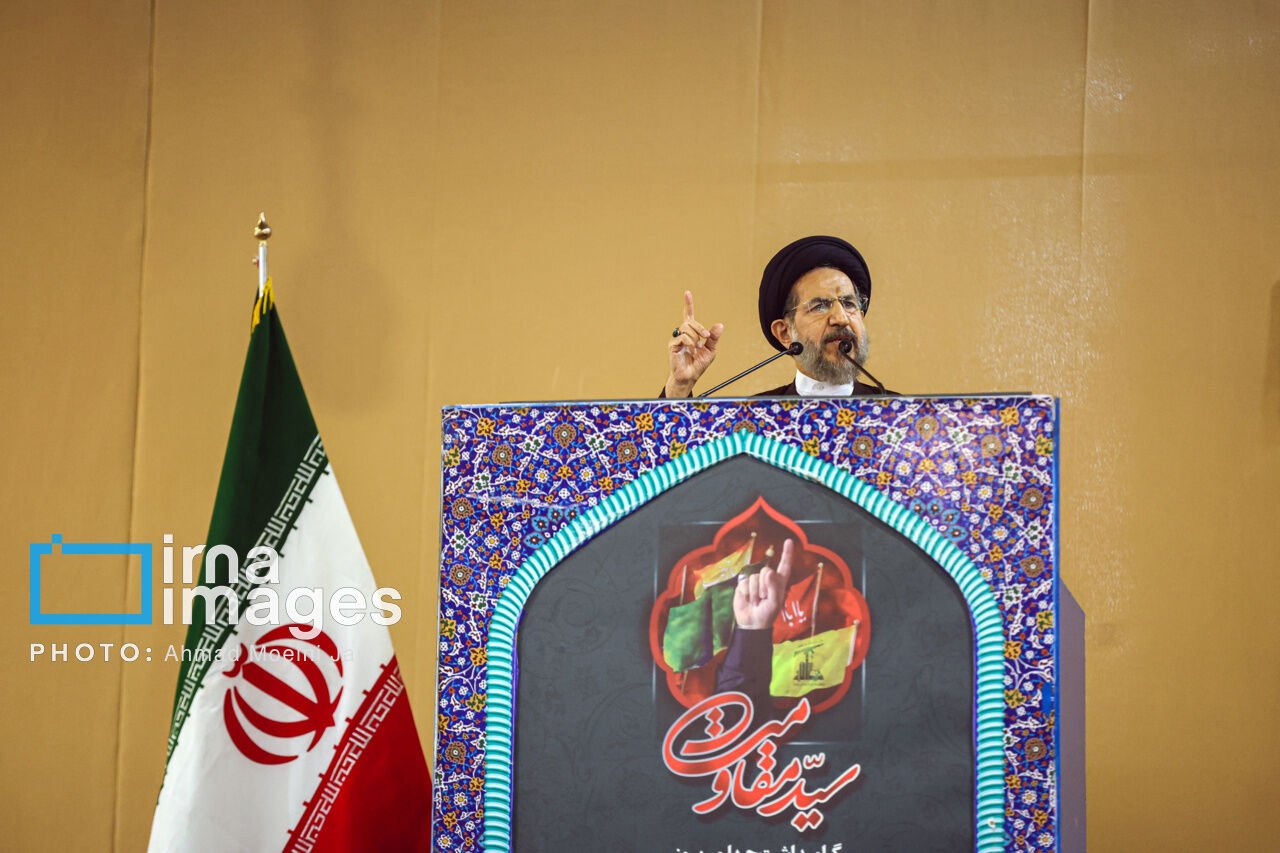As Mexico cracks down on migrants, President Andrés Manuel López Obrador gains leverage with Washington
Last month, as the Biden administration scrambled to manage the latest wave of migrants overwhelming the US southern border, top US immigration authorities crossed into Mexico for an emergency meeting.
As Mexico cracks down on migrants, President Andrés Manuel López Obrador gains leverage with Washington
Last month, as the Biden administration scrambled to manage the latest wave of migrants overwhelming the US southern border, top US immigration authorities crossed into Mexico for an emergency meeting.
Seated around a Ciudad Juárez conference room, the officials and their Mexican counterparts drafted a 15-point plan to help defuse the flashpoint – most of it a checklist of actions for the Mexican government. Notably, according to a readout from Mexico’s federal immigration agency, Mexico agreed to carry out more costly deportations of the migrants gathering on their side of the border – a move that some believed would dissuade disorderly crossings.
The measures, which also specified Mexican efforts to clamp down on the crush of migrants riding north on railcars, are the latest in a series of policy shifts in Mexico that have alleviated, if slightly, the massive political headache in Washington caused perennially by migration. Analysts in both countries see a pragmatic bargain: as Mexico increasingly carries the weight of US immigration strategy, the Biden administration has granted rare leeway to the country’s divisive but popular leader.
“Mexico has real leverage in the relationship with the US. And right now that leverage is around migration,” said Andrew Selee, the president of the nonpartisan Migration Policy Institute.

Sharing nearly 2,000 miles of land border and a history of important economic exchange, Mexico and the US have long held intertwined immigration policies that adapted as international migration patterns shifted. When George W. Bush made his first trip out of the US as president in 2001, it was to the ranch of Vicente Fox, the Mexican leader, to discuss a new era of cooperation on border issues, like trade, drugs, and the northward flow of Mexicans, who at that time comprised the bulk of undocumented border-crossers.
But as spiraling violence and desperate economic conditions fueled years of mass migration out of Central America and the Caribbean to the US, overpowering the country’s legal intake system, the stretch of Mexican territory in between became a critical “buffer state,” said Maureen Meyer of the Washington Office on Latin America.
“The Mexico southern border pretty much was the US southern border,” Meyer said.
Under pressure from several US administrations, Mexico has repeatedly sent resources to its border with Guatemala over the past 10 years to formalize migration routes and detained record numbers of migrants at newly installed checkpoints as they made their way north.
At the helm of Mexico’s latest immigration coordination with the US has been President Andrés Manuel López Obrador, a leftist leader who in 2018 campaigned on resistance to doing the US’s “dirty work” on migration. His political calculus has changed swiftly since then.


